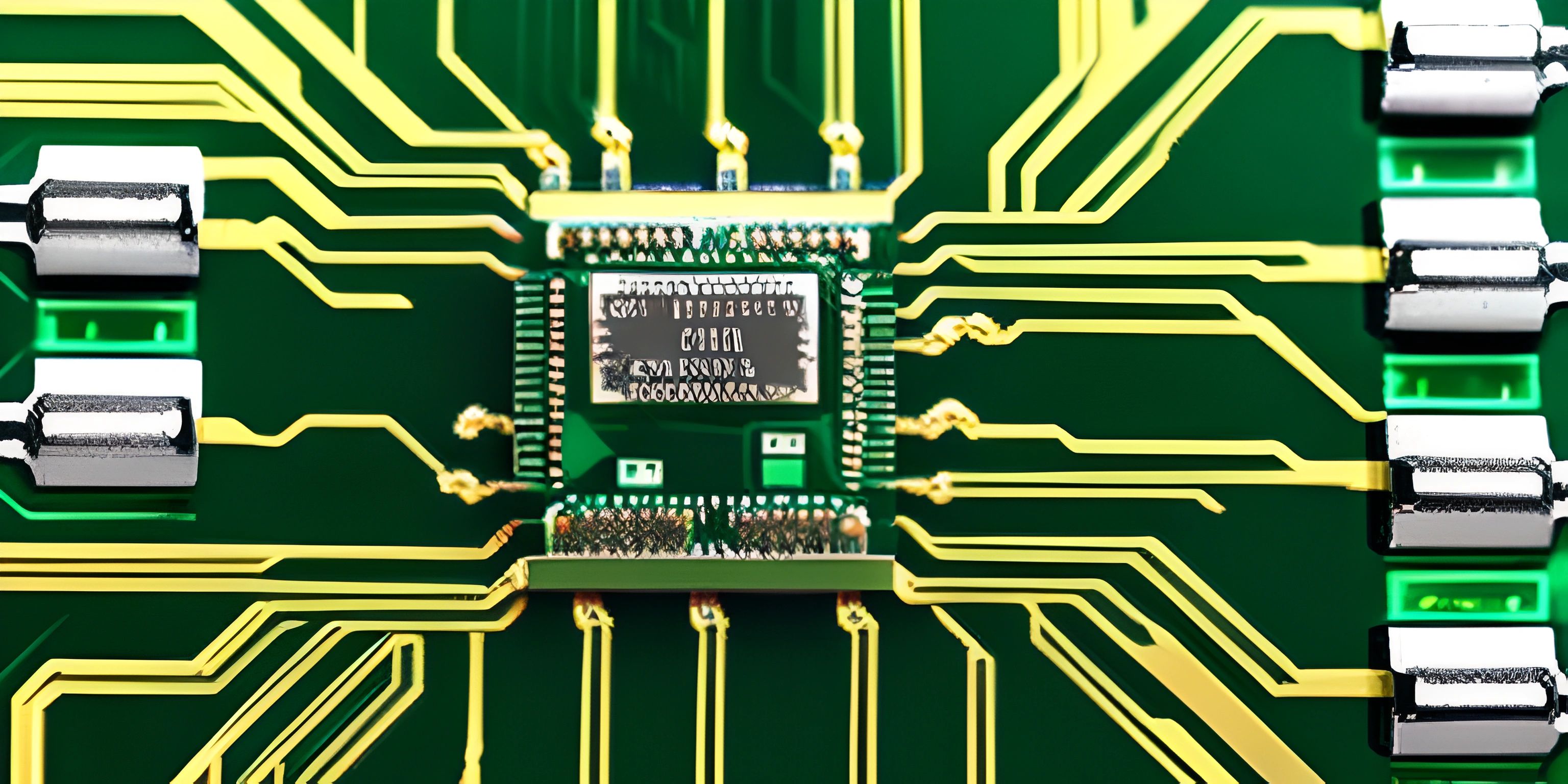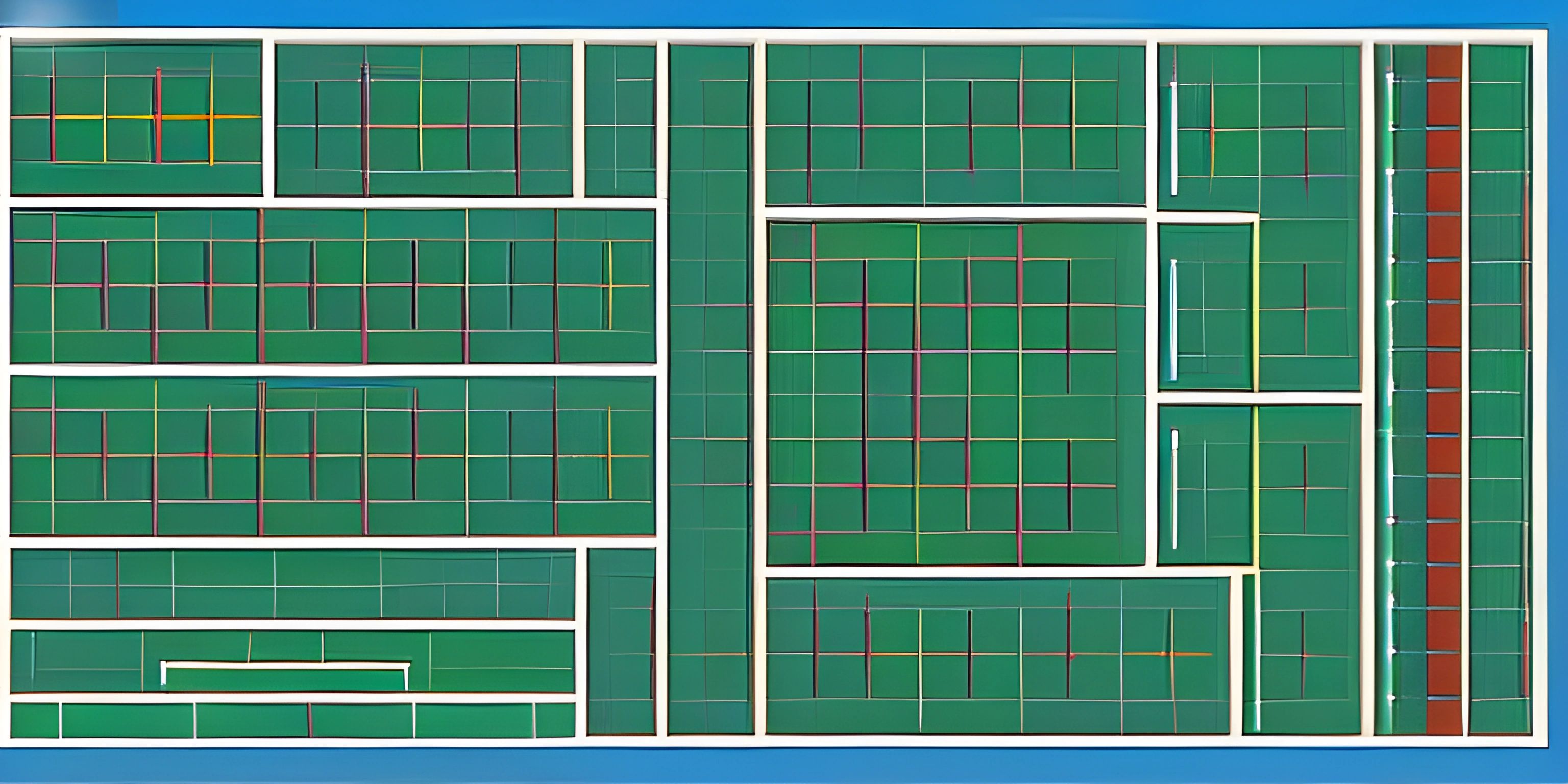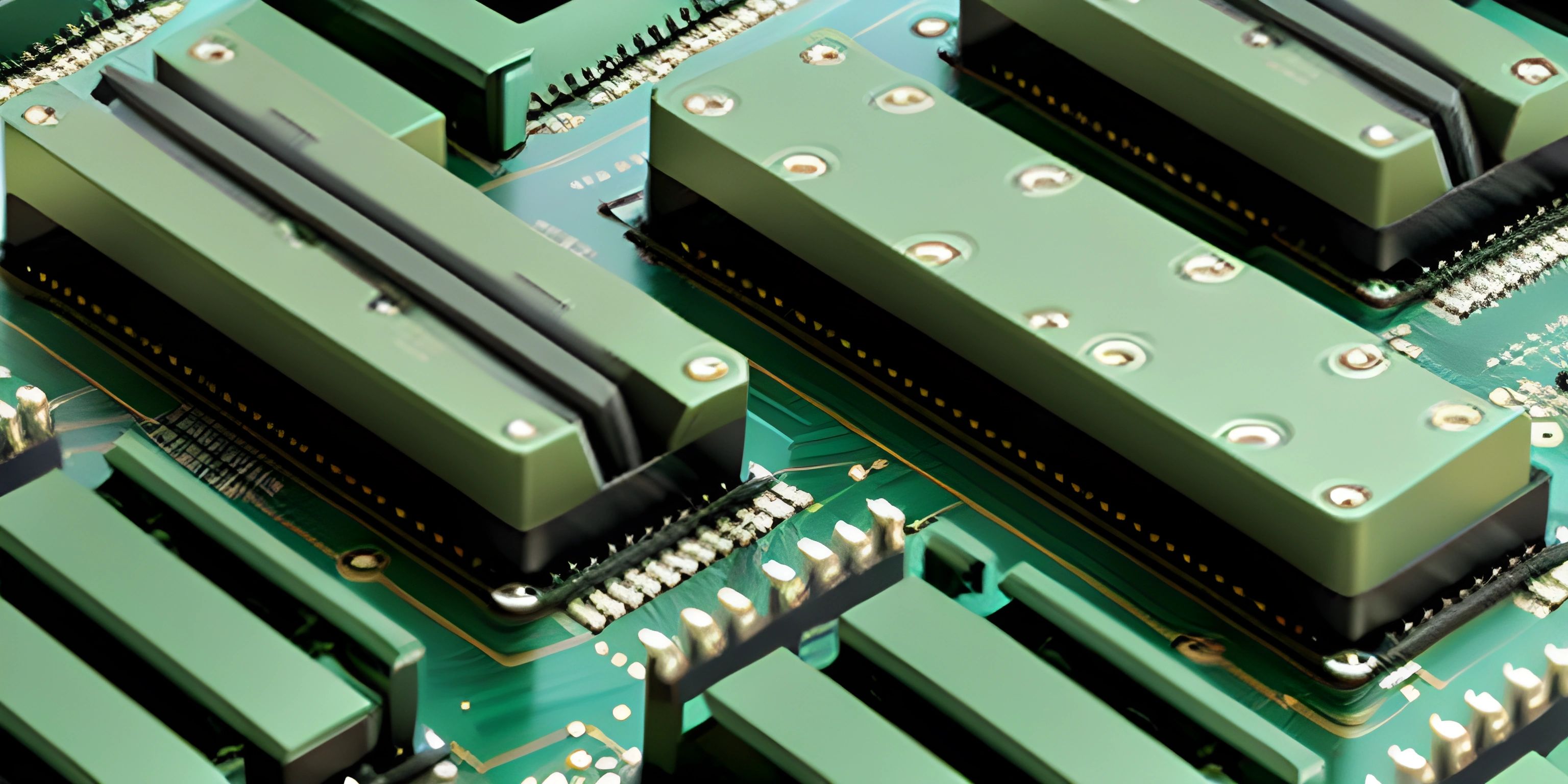Overview of Intel x86 Architecture and Its Evolution

Note: this page has been created with the use of AI. Please take caution, and note that the content of this page does not necessarily reflect the opinion of Cratecode.
The Intel x86 architecture has been a cornerstone of modern computing since its inception. From the humble beginnings with the 8086 processor to the powerful multi-core processors we use today, the evolution of the x86 architecture is a fascinating journey through technological advancement.
The Birth of x86: The 8086 Processor
Let's hop into our time machine and travel back to 1978. Disco was booming, and Intel released the 8086 microprocessor, which marked the beginning of the x86 architecture. This was a 16-bit processor with a whopping 29,000 transistors (quite a lot for its time) and a clock speed of 5 to 10 MHz. The 8086 was revolutionary and set the stage for future developments in microprocessors.
One of the reasons the 8086 was so successful was its backward compatibility with the earlier 8-bit 8080 and 8085 processors. This allowed software written for these older processors to run on the new 8086 with minimal modifications, providing a smooth transition for developers and users alike.
The 80286: Enter Protected Mode
In 1982, Intel introduced the 80286, or simply "286". This was a 16-bit processor like its predecessor but with some significant enhancements. The most notable of these was the introduction of protected mode, which provided hardware-level support for multitasking and memory management. This was a big deal because it allowed operating systems to have more control over applications, improving stability and security.
Protected mode also allowed access to up to 16 MB of memory, a massive leap from the 1 MB limit of the 8086. However, it wasn't all sunshine and rainbows; switching between real mode (for backward compatibility) and protected mode was complex and required a system reboot.
The 80386: A 32-bit Revolution
Jumping forward to 1985, we meet the 80386, or "386". This was Intel's first 32-bit processor, and it brought a whole new level of performance and capability to the table. The 80386 could address up to 4 GB of memory, which seemed almost limitless at the time.
One of the coolest features of the 80386 was virtual 8086 mode, which allowed multiple DOS applications to run simultaneously within a protected mode environment. This was a game-changer and paved the way for more advanced multitasking operating systems.
The 80486: Integrated FPU and Cache
Next up in our journey is the 80486, or "486", introduced in 1989. This processor was a significant step forward from the 386, with several key improvements. For starters, it included an integrated floating-point unit (FPU), which drastically improved the performance of mathematical calculations involving floating-point numbers.
The 486 also featured an on-chip cache, which helped bridge the performance gap between the CPU and slower memory. This was crucial for improving overall system performance and responsiveness.
The Pentium Era
In 1993, Intel launched the first Pentium processor, marking the transition from numeric names to brand names. The Pentium brought several advancements, including superscalar architecture, which allowed it to execute multiple instructions per clock cycle. This was a significant leap in performance and efficiency.
The Pentium series continued to evolve, with each iteration bringing more cores, higher clock speeds, and improved energy efficiency. Notable models include the Pentium Pro, Pentium II, and Pentium III, each contributing to the refinement and enhancement of the x86 architecture.
Modern x86: Multi-core and Beyond
Today, the x86 architecture has continued to evolve, with modern processors featuring multiple cores, hyper-threading, and advanced power management features. The introduction of 64-bit extensions (x86-64) by AMD, and subsequently adopted by Intel, allowed for even greater memory addressing capabilities and performance improvements.
Modern x86 processors are used in everything from desktop computers and servers to laptops and embedded systems. They are the backbone of the PC industry and continue to drive innovation in computing.
Conclusion
The evolution of the Intel x86 architecture is a testament to the relentless pursuit of performance and capability in computing. Starting with the humble 8086 and progressing to the powerful multi-core processors of today, the x86 architecture has played a pivotal role in shaping the modern computing landscape. Whether you're coding in assembly or developing high-level applications, the legacy of x86 is ever-present.
Hey there! Want to learn more? Cratecode is an online learning platform that lets you forge your own path. Click here to check out a lesson: Welcome to Cratecode! (psst, it's free!).
FAQ
What is the significance of the 8086 processor?
The 8086 processor marked the beginning of the x86 architecture and provided backward compatibility with earlier 8-bit processors, facilitating a smooth transition for developers and users.
What was a major feature introduced with the 80286 processor?
The 80286 introduced protected mode, which provided hardware-level support for multitasking and memory management, enhancing stability and security.
How did the 80386 improve over its predecessors?
The 80386 was Intel's first 32-bit processor, allowing it to address up to 4 GB of memory and introducing virtual 8086 mode for better multitasking.
What advancements did the 80486 bring?
The 80486 included an integrated floating-point unit (FPU) for better mathematical performance and an on-chip cache to improve overall system performance.
What marked the transition from numeric names to brand names in Intel processors?
The launch of the Pentium processor in 1993 marked the transition from numeric names to brand names, bringing advancements like superscalar architecture for executing multiple instructions per clock cycle.





